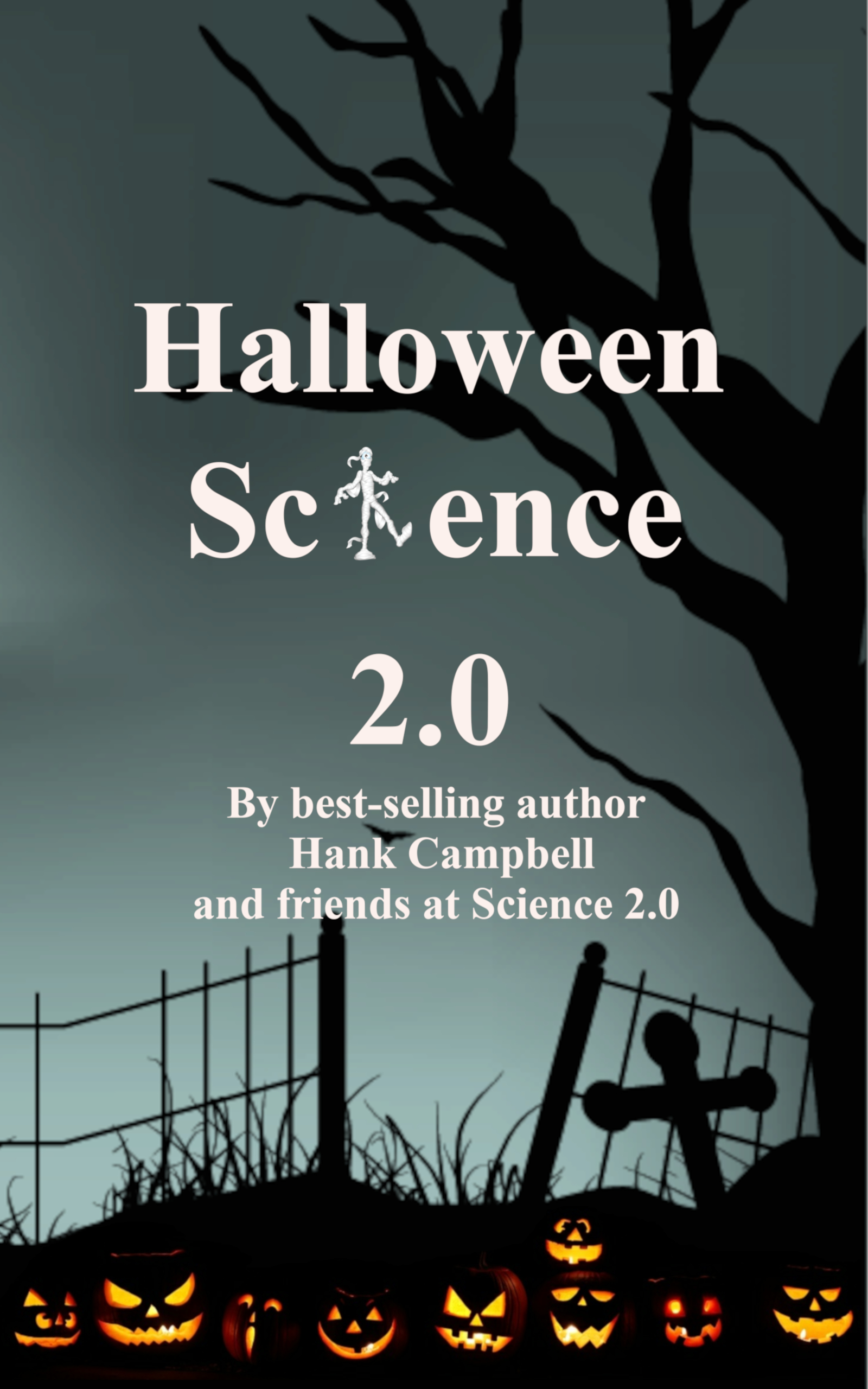A 'message in a bubble' has limited practical utility, information storage in Antarctica and the Arctic is expensive but less challenging than storing message in ice, but they are more covert than paper documents and can easily be carried.
In "Manipulating trapped air bubbles in ice for message storage in cold regions", the authors explain that as water freezes and dissolved gases are squeezed out and pushed together, air bubbles remain. The bubbles are egg-shaped or needle-shaped so to replicate it for the lab the team used a cold plate to freeze a two-dimensional layer of water between two transparent sheets of plastic. They tested different temperatures and orientations to examine the impact of freezing rate and direction on bubble formation and found that rapidly increasing the freezing rate by sharply decreasing the cold plate temperature resulted in a single bubble layer. Faster freezing rates resulted in egg-shaped bubbles, so by gradually reducing the freezing rate, they were able to produce consecutive layers containing differently shaped bubbles: the first layer contained only egg-shaped bubbles, followed by a layer with egg- and needle-shaped bubbles, followed by a layer of needle-shaped bubbles—and finally a bubbleless layer of clear ice.
If it reads like manually controlling the freezing rate to manipulate the shape and distribution of bubbles in ice could create its own code, that is what they did next.

Next, the researchers tested whether they could use this information to encode messages in ice. The team assigned bubble sizes, shapes, and positions to distinct characters within Morse and binary codes and then programmed their cold plate to control the rate and direction of freezing, resulting in a slice of ice with determined positioned and sized air bubbles.
To decode it, they took a photo of the ice and converted it to gray scale, then trained an LLM to automatically detect the position and size of the air bubbles based on their gray value (bubbleless regions are dark gray, whereas bubbles are almost white). Based on tgrayscale values, the computer decoded the frozen message into binary or Morse code and then converted the message into a readable format—in this case, as English letters and Arabic numerals.
After comparing Morse and binary coding methods, the researchers concluded that binary coding is the better option because it is able to store messages that are around ten times longer.
We look forward to seeing that in the next "Mission Impossible" film.






Comments